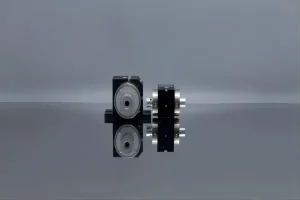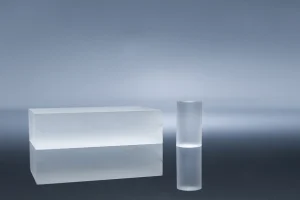Lasers have revolutionized various sectors, from medical procedures to communications, and manufacturing. As the demand for lasers grows, understanding the nuances of different crystals used for specific wavelengths, like the 1064nm laser, becomes crucial. This article delves into the arsenal of crystals suitable for generating 1064nm laser light, laying out their unique properties, and helping professionals make an informed choice.
1064nm lasers have emerged as a highly popular choice in several applications due to their balance of efficiency and power. These lasers are particularly dominant in the near-infrared spectrum, necessitating a profound understanding of the crystals that support them.
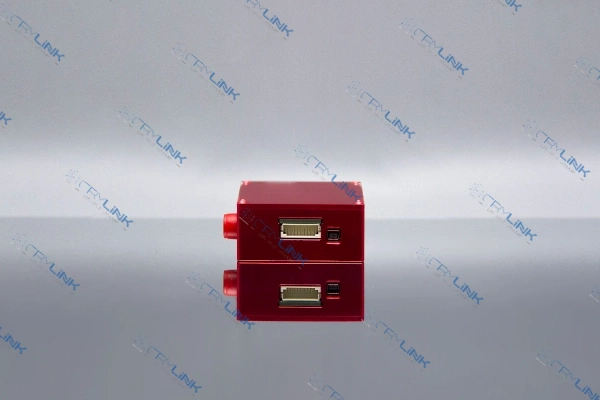
Nd:YAG – The Gold Standard
Neodymium-doped Yttrium Aluminum Garnet, or more commonly known as Nd:YAG, is not just a member of the laser crystal family; it is arguably its most prominent member. This distinction is earned due to its widespread utilization in 1064nm lasers, marking its prominence in the laser industry.
When discussing the emission efficiency of Nd:YAG, one cannot help but appreciate the brilliance with which this crystal functions. The heart of this efficiency lies in the Neodymium doping. Every element when introduced to a host crystal in appropriate quantities can modify its properties. Neodymium, when added to the YAG crystal, does exactly that. The doping levels are meticulously calibrated to ensure that when the crystal is energized, it emits photons in a controlled manner. This ensures that the resulting laser beam is not only steady but also consistently powerful. This steadiness is paramount in applications where precision and consistency of the laser output are crucial.
However, it’s not just about how the crystal emits light; it’s also about how it manages the energy it doesn’t convert into light. And this is where the thermal properties of Nd:YAG come into the spotlight. Lasers, by their very nature, generate heat. If this heat is not managed effectively, it can lead to distortions in the laser output, and in extreme cases, can even damage the equipment.
Nd:YAG’s inherent thermal properties make it a stalwart in this regard. The crystal has high thermal conductivity, which means it can dissipate the heat it generates efficiently. Moreover, its low thermal expansion coefficient ensures that the crystal doesn’t undergo significant physical changes when heated, maintaining its structural integrity and ensuring a consistent laser output.
In essence, Nd:YAG’s exceptional emission efficiency and its robust thermal properties don’t just make it a suitable choice for 1064nm lasers; they make it the gold standard. It’s a combination of nature’s brilliance and human ingenuity that ensures lasers powered by this crystal perform optimally across various applications.
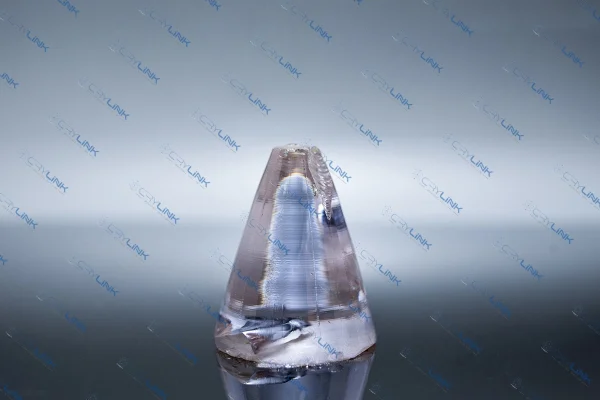
Yb:YAG – The Efficient Contender
Ytterbium-doped Yttrium Aluminum Garnet, widely recognized as Yb:YAG, holds its distinguished position in the 1064nm laser crystal lineage, shadowing the renowned Nd:YAG. Yet, to label it as merely a shadow would be a disservice, for Yb:YAG has carved its niche, primarily owing to its extraordinary emission capabilities.
When one delves into the world of quantum efficiency, Yb:YAG emerges with flying colors. In comparative terms, this crystal manages to overshadow even its esteemed counterpart, Nd:YAG. Boasting quantum efficiency levels that can peak at an astounding 94%, Yb:YAG stands as a testament to what optimal doping can achieve.
This incredible efficiency implies that a major chunk of the energy pumped into the crystal finds its way out as laser light. The repercussions of this are manifold, from energy conservation to delivering potent laser outputs, Yb:YAG ensures it’s making the most of every joule it receives.
Yet, it’s not just in light emission where Yb:YAG shows its mettle; its prowess in thermal management is equally laudable. In the demanding world of lasers, where heat can be both a byproduct and a nemesis, Yb:YAG’s ability to manage and dissipate heat effectively is nothing short of a boon.
This characteristic ensures that the crystal operates at peak efficiency even in the most demanding of scenarios, producing minimal waste heat. Thus, systems employing Yb:YAG face fewer challenges related to overheating or thermal-induced distortions, making it a top pick for applications where consistency and efficiency are paramount.
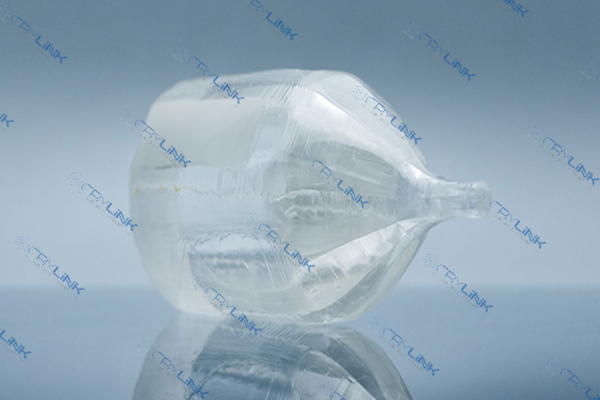
Cr:YAG – The Passive Q-switching Pro
Chromium-doped Yttrium Aluminum Garnet, better known in the industry as Cr:YAG, emerges as a unique player in the realm of laser crystals. While many crystals are celebrated for their direct laser generation capabilities, Cr:YAG dances to a slightly different beat, making waves with its passive Q-switching prowess.
Delving deeper into the realm of Q-switching, it becomes evident why Cr:YAG holds such a distinctive position. Unlike its contemporaries, like Nd:YAG and Yb:YAG, which are predominantly centered around direct laser generation, Cr:YAG brings a fresh perspective to the table.
Passive Q-switching isn’t just another term in the laser lexicon; it’s a sophisticated technique that enables the creation of short yet incredibly powerful laser pulses. The advantage? These pulses are not just powerful; they are exceptionally suited for a myriad of specialized applications where precision, intensity, and duration need to be meticulously balanced.
However, the brilliance of Cr:YAG doesn’t halt at Q-switching. Its thermal characteristics deserve their moment in the limelight as well. In laser operations, where high power often translates to high heat, Cr:YAG’s commendable thermal properties become a cornerstone for its performance. With an innate ability to withstand high operational demands, this crystal ensures that the generated heat doesn’t manifest as distortions or inconsistencies in the laser output. This inherent thermal resilience makes Cr:YAG not just a versatile choice but also a reliable ally in high-demand laser applications, further cementing its status as the Q-switching maestro.
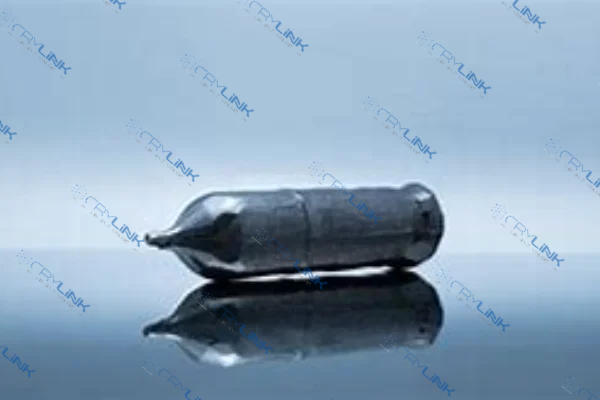
Er:YAG – The Thermally Robust Choice
Erbium-doped Yttrium Aluminum Garnet, commonly referred to as Er:YAG, claims its rightful spot within the illustrious 1064nm laser crystal lineage. While it may not dominate headlines as prominently as some of its counterparts, its role in the world of lasers is undeniably pivotal.
Stepping into the sphere of emission efficiency, Er:YAG might not grab the gold medal, especially when pitted against heavyweights like Nd:YAG and Yb:YAG. However, this should not be misconstrued as a lack of capability. In the grand landscape of 1064nm lasers, Er:YAG still brings a lot to the table, offering a commendable performance that makes it a valuable asset in various applications. Its proficiency ensures that it remains a formidable presence, always ready to make its mark.
But the true distinction of Er:YAG lies in its thermal properties. In a realm where managing heat can be the difference between excellence and mediocrity, Er:YAG’s unparalleled thermal robustness shines brilliantly. This standout feature ensures that the crystal can maintain its integrity and performance even in situations fraught with intense heat.
Such resilience is not just commendable; it’s essential, especially for applications that place significant emphasis on thermal stability. In scenarios where other crystals might buckle under the thermal strain, Er:YAG stands firm, making it a prime choice for those in pursuit of unmatched thermal performance. In the intricate dance of lasers, Er:YAG gracefully pirouettes, showcasing its robust thermal endurance every step of the way.
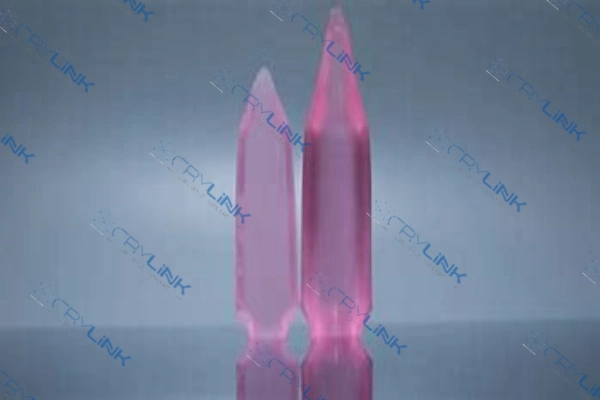
Factors Influencing Crystal Choice
The world of 1064nm laser crystals is not just diverse but also incredibly nuanced. As we have journeyed through the specifics of various crystals, one thing becomes abundantly clear: there’s no one-size-fits-all. The ultimate choice of a crystal doesn’t just hinge on its intrinsic properties but is also shaped by a constellation of external considerations.
Application Relevance cannot be stressed enough. Different applications come with their unique set of demands. For instance, medical lasers might require precise pulse durations and consistent power outputs, while industrial applications could emphasize continuous wave operations. Hence, understanding the exact requirements, be it pulse frequency, duration, or power, can drastically narrow down the options and guide one towards the most suitable crystal.
Operational Environment is another facet that can’t be overlooked. A crystal’s performance can be significantly affected by its surroundings. Factors like ambient temperature, humidity, and even altitude can impact the crystal’s efficiency, emission properties, and thermal management.
A crystal that performs exceptionally well in a controlled laboratory setting might not exhibit the same efficiency in a humid or high-temperature environment. Thus, understanding and anticipating the environmental conditions is vital to ensure the laser’s optimal performance throughout its operational life.
Lastly, Budget Constraints weave their way into the decision-making process. In an ideal world, every decision would pivot solely around performance and efficiency. However, in reality, economic considerations often shape choices.
It’s about striking a balance between getting the best performance and ensuring it doesn’t burn a hole in the pocket. Sometimes, a slightly less efficient but considerably more affordable crystal might be the better choice, especially for applications where the highest performance isn’t imperative. In essence, while the brilliance of a crystal is essential, so is its cost-effectiveness.
Conclusion
The world of 1064nm lasers is vast and intricate. While Nd:YAG, Yb:YAG, Cr:YAG, and Er:YAG all offer unique properties and capabilities, the optimal choice boils down to the specific requirements of the application. By understanding the subtle nuances of each crystal, professionals can harness the power of 1064nm lasers most effectively and innovatively.
FAQs
- Q1. Why is Nd:YAG often termed the ‘Gold Standard’ for 1064nm lasers?
- Nd:YAG is frequently used due to its high emission efficiency and excellent thermal properties, making it a reliable choice for many applications.
- Q2. How does Yb:YAG’s quantum efficiency compare to other crystals?
- Yb:YAG often showcases quantum efficiencies up to 94%, making it one of the most efficient choices.
- Q3. What makes Cr:YAG ideal for Q-switching?
- Cr:YAG is renowned for its passive Q-switching capabilities, enabling the generation of short, high-power laser pulses.
- Q4. In which scenario would Er:YAG be the preferred choice?
- Er:YAG would be preferred in applications demanding high thermal robustness due to its superior thermal performance.
- Q5. Can one crystal fit all applications for 1064nm lasers?
- No, each crystal has unique properties and is optimized for specific scenarios. The choice depends on application requirements, operational environment, and budget constraints.


